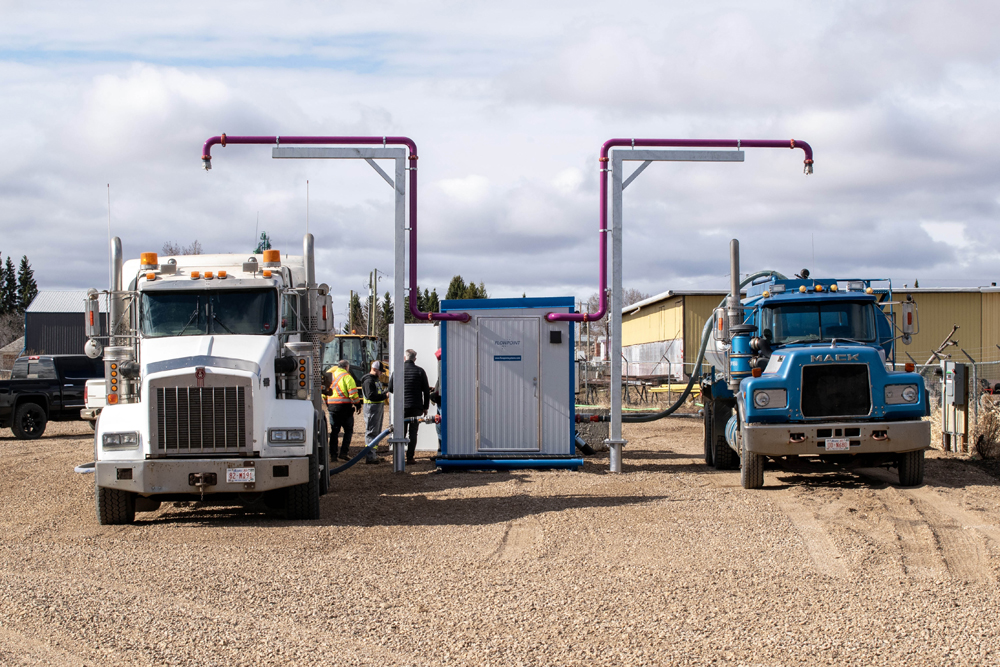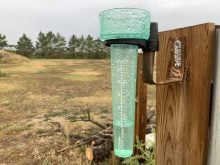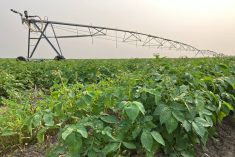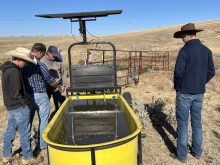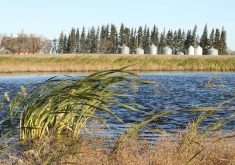The town of Viking in central Alberta is ready if Mother Nature turns off the tap again in 2024.
This time, if drought rears its ugly head, local farmers can use a new raw water pumping station built within the town’s existing infrastructure.
Viking celebrated its new layer of drought protection during a grand opening in late April after three months of work.
Read Also
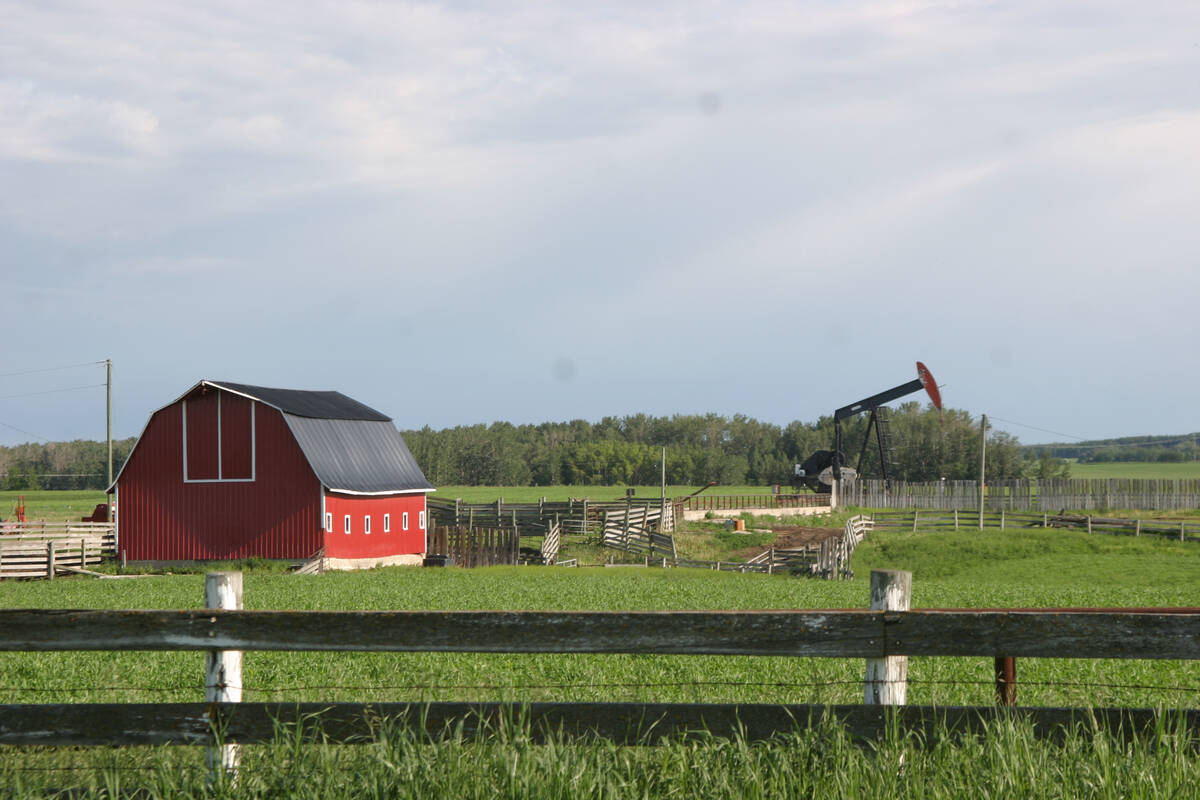
Recommendations in the mature assets strategy could cause potential problems for landholders
The Western Stock Growers’ Association urges producers to pay attention to the potential changes to Alberta’s Mature Assets Strategy.
“Back in the early 1950s, we had a reservoir in town and we used to treat water for the residents of Viking,” said Doug Lefsrud, the town’s chief administrative officer.
The system expanded in the early ‘80s. Two water cells were established about 20 kilometres south of town that were capable of holding up to 227 million gallons. They were recharged by rainfall and by the Iron Creek, which flows through the region.
In the 2000s, available water from the system dropped dangerously low. Other communities along Highway 14 had similar problems, so they started an initiative to access Edmonton-area city water. It was successful, and Viking residents now get their potable water from Epcor out of Strathcona county.
In the meantime, Viking kept its water infrastructure and maintained its water licence in case local water was needed for firefighting or other emergencies. In 2023, Lefsrud asked town council if the infrastructure could be repurposed to help the region deal with drought.
“Last year, council wasn’t really interested,” he said.
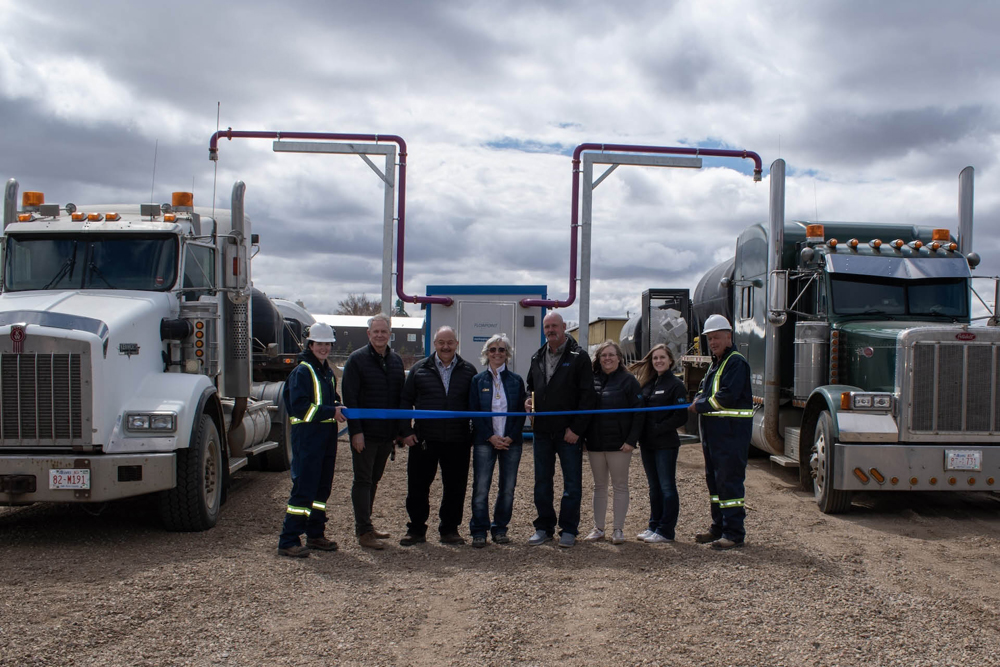
That changed last fall, as Albertans began to talk more seriously about water availability and drought. Lefsrud approached council again, and they discussed ways to help farmers handle drought.
“We’re trying to get ahead. We want to give an alternative to anybody that might need water,” said Lefsrud.
“In the event of a water restriction, the first thing that gets shut off are all the big truck fills. We looked at that and looked at what our options would be to pull that water off of our reservoir systems.”
Viking’s above-ground reservoir was set up with a dual-pumping system station that filters raw water. Water from the two cells travels to the town reservoir through a pipeline. An above-ground suction line then draws water into the filter system, which removes particles.
Filtration was a major concern, said Lefsrud. If not filtered well, poor-quality water can damage expensive farm equipment and rob herbicides of their effectiveness when used for spraying.
Farmers or other residents who want to access raw water from the reservoir can set up an account number. At the fill station, they punch in a code and fill their tanks. At the end of the month, data is downloaded and billing is processed electronically.
The system uses two companies, FlowPoint and Lotic Technologies. FlowPoint provides the computer program that measures water volume sold and calculates data for billing. Lotic Technologies is the filter company.
The town of Viking invested $350,000-$375,000 to set up the fill site, buy the equipment and assemble the system.
Local project, big interest
The project has drawn attention locally and in the wider region. Town council sent a letter to Rebecca Schulz, minister of environment and protected areas, to tell her about it. The region’s provincial and federal politicians have also noted the value.
“Our agricultural community has been supportive. They appreciate the resource. Currently, we’ve sold about 25 codes,” said Lefsrud.
The water is available to everyone within a 100-kilometre radius. Residents of Minburn, Flagstaff, Wainwright and Beaver counties attended the open house.
“Folks from those areas are looking at water options. Those farmers are some of the folks that have applied for water,” Lefsrud said.
Viking’s project has also inspired other municipalities. The village of Holden is considering a similar project, though it may not have the necessary funding and could need grants to make up the gap.
“They have been basically sitting on their reservoir infrastructure since going on city water. They’re looking at this as well,” said Lefsrud.
He added that Viking is an example of what can be done using existing resources.
“We were sitting on the resource and the infrastructure here and just thought about what we can do to help mitigate drought if a pending drought is on its way.”


